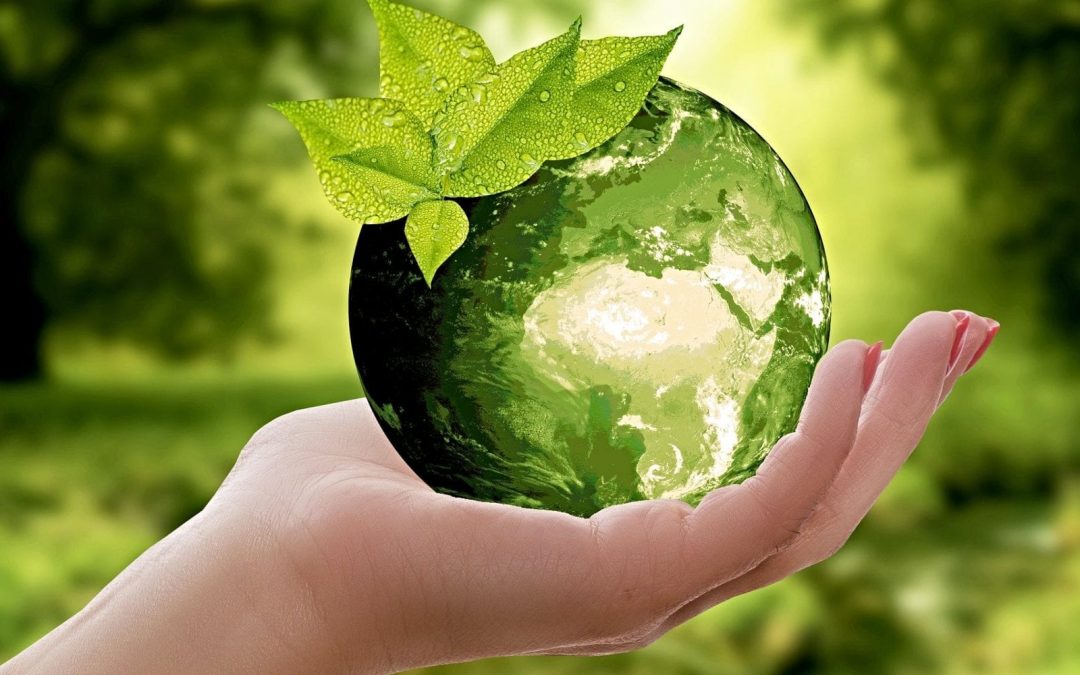This Sunday, we celebrate the Advent theme of peace.
In the famous words from Isaiah, “They will not hurt or destroy on all my holy mountain” (Isaiah 11:9).
This is a precious promise to embrace in these days when actual shooting wars have displaced millions, and millions more are casualties of the war that our insatiable production/consumption global economy has unleashed on the home planet’s web of life.
The dawning of God’s righteous reign of justice and peace is an act of sovereign grace.
God’s Anointed One comes bearing “the spirit of wisdom and understanding … He shall not judge by what his eyes see, or decide by what his ears hear, / but with righteousness he shall judge the poor, and with equity decide for the meek of the earth” (Isaiah 11:2-4).
But in reading these words of Isaiah’s in juxtaposition with John the Baptist’s inaugural preaching in Matthew’s gospel, we see some conditions we must observe to be beneficiaries of the divine promise of peace.
“Repent,” John declares, “for the kingdom of heaven has come near” (Matthew 3:2).
God is doing a sovereign work of grace, but we must turn around and pursue a new way of living in response. “Bear fruit worthy of repentance” (Matthew 3:8).
What will that “fruit” look like?
Jesus himself gives us some clues with his stern admonition: “Do not lay up for yourselves treasures on earth, where moth and rust consume, and thieves break in and steal” (Matthew 6:19).
Since the Industrial Revolution, the global economy has been based on the premise that the earth is a repository of resources, which are ours to use as we please for our comfort and security.
They only have use value, no intrinsic value of their own. In this model, we stand over against these resources as sovereign other.
It is exactly at this point that the Advent theme of peace today must become “green peace.”
The wolf and the lamb and the calf and the lion of Isaiah’s vision, and the innocent children who move serenely and safely among them, are not simply prophetic metaphors or idealized images as in the “Peaceable Kingdom” paintings of the 19th century Quaker Edward Hicks.
These images reflect not only God’s sovereign will but a mandate for our obedience.
Images of God’s just and righteous reign wherever they appear – from hymns celebrating God’s manifold creation, such as Psalm 104, to prophetic new creation texts such as Isaiah 11, to the new Jerusalem of Revelation 22 with a river running through it – describe a green peace where God’s entire creation is renewed and transformed.
“We know that the whole creation has been groaning as in labor pains until now,” Paul writes in Romans 8:22.
God’s human children are embedded in an ecosystem; our peace now and forever can only be the peace of the new creation in its totality.
We anticipate this peace amid the global economy of creation exploitation by imagining and living – in so much as it lies within us – an alternative economy of simplicity and generosity, based on what we grow, cook, weave, dance, sing, nurture and share.
Such a path is chosen not only in reciprocity with the poor among us, but also with the winged ones, the rooted ones, the finned ones, the four-footed ones and the tiny ones who – together with us – comprise God’s beloved community.
Editor’s note: A version of this article was written for an Advent series published by American Baptist Creation Justice Network of the American Baptist Home Mission Societies. It is used with permission.
Adjunct professor of theology at Palmer Seminary in St. Davids, Pennsylvania. He served previously as senior pastor of First Baptist Church in Portland, Oregon, and as professor of theology and ethics at Central Baptist Theological Seminary. Wheeler appeared in the EthicsDaily.com documentary, “Sacred Texts, Social Duty.”


